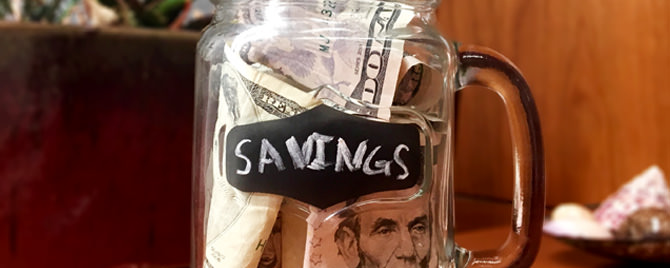Abraham Lincoln valued the ability to save for a rainy day and support family members in need. Many people today are following his example, and turning to him for their financial well-being, by saving their pennies and $5 notes featuring the 16th President.
When it comes to personal finance, family budgeting, and saving strategies, there’s a wealth of information online. You’ll find countless suggestions like this for individuals and families that want more control over their spending or to pay down debt: Every time you receive a $5 note, put it someplace where you won’t spend it—a savings jar, sock drawer, or even an envelope.
With diligence, the savings can quickly add up. Consider this, saving one $5 note per week totals $260 in a year. Saving $5 per day would add up to $1,825 in a year.
According to the Diary of Consumer Payment Choice study, which was co-sponsored by the Federal Reserve Bank of San Francisco, the majority of payments under $50 are made with cash, and it’s the preferred form of payment for nearly 30 percent of people.
One thing is clear: Whether using the envelope method to allocate a certain amount of money each month to expenses like groceries, transportation, and other household costs or using the $5 savings idea to put money aside for a rainy day or holiday purchases, people continue to use and save cash.
You may also want to read:
The views expressed here do not necessarily reflect the views of the management of the Federal Reserve Bank of San Francisco or of the Board of Governors of the Federal Reserve System.
